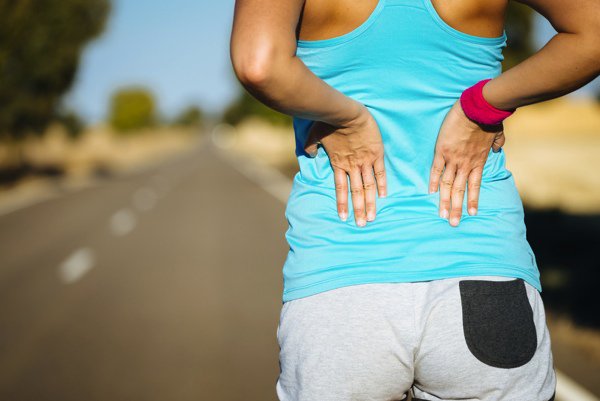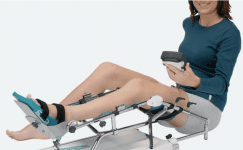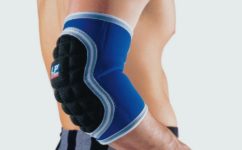A pulled back muscle is a very common injury. You can pull a back muscle by lifting a heavy item, throwing an object while twisting, or falling unexpectedly. Regardless of the cause, a pulled back muscle is painful, and you want to treat it as quickly as possible.
A pulled muscle, in the back or anywhere else in the body, is the common term for a muscle strain. When a muscle is strained, the fibers actually tear; sometimes the tear is minor, sometimes it’s a larger, more serious strain.
SYMPTOMS OF A PULLED BACK MUSCLE
The spine is divided into three major sections: the neck, upper back and shoulders, and lower back. The symptoms are different for pulled muscles in each of these areas.
For a pulled muscle in the neck, you might experience:
- Pain in the neck and upper back area
- Limited range of motion in the neck
- Stiffness in the neck
In shoulder and upper back injuries caused by pulled muscles, the common symptoms may include:
- Pain in the area between the spine and shoulder blade
- Muscle spasms in the upper back
- Knots and tightness in the upper back and shoulders
- Pain when moving the shoulders
In lower back strain injuries, many people experience symptoms such as:
- Aching and stiffness in lower back muscles
- Pain that worsens with movement
- Pain that radiates to the hips and legs
- Limited range of motion
- Muscle spasms in lower back area
CAUSES OF STRAIN IN LOWER BACK MUSCLES
As one of the most common injuries among adults, lower back strain can occur due to a broad range of causes, including:
- Sudden impact from a fall, collision, or athletic activity
- Repetitive motion that causes stress on the muscles and joints
- Lifting while twisting, or lifting an object that is too heavy
- Poor posture or incorrect form when performing activities
- Weak or imbalanced muscles in the back and abdominals
- Excess weight that causes stress in lower back muscles
Lower back muscle strain is typically diagnosed by a medical professional after performing a physical examination and evaluating your history of injury. In cases of severe pain, other tests such as an x-ray or MRI might be performed to rule out other types of injuries.
TREATMENT STEPS FOR A PULLED BACK MUSCLE
The treatment protocol for a muscle strain is typically the same no matter where it is in the body. Always consult a physician after an injury, especially if you are concerned that it might be a severe one. If you have a pulled back muscle, the recommended treatment steps typically include:
- Apply cold. The faster you can apply cold to a pulled back muscle, the faster you may reduce pain, help control swelling, and start the healing process. Applying cold immediately after the injury occurs may help ensure that the recovery process is as quick as possible.
- Use compression. Applying compression bandages or using an active compression system may help reduce swelling and edema so the damaged tissues can repair themselves more quickly.
- Rest. Right after a muscle strain, it is important to rest for one day up to one week, depending on the extent of the injury. After the initial pain subsides, returning to limited activity is important in order to help keep muscles from weakening..
- Stretch. As you return to activity, gentle stretching exercises may improve tissue healing by bringing more blood flow to the injured area.
- Pain Medication. If you feel that you need pain medication, consult with your physician to determine the type and dosage that is appropriate for your specific situation. Use medication sparingly because pain is actually an important indicator throughout the recovery process.
- Perform strength exercises. As the pain subsides, try adding strengthening exercises in addition to stretching. Allowing the muscles to weaken with too much rest may actually impede recovery.
- Get a massage. You can further increase blood flow to the injured tissues with light massage.
- Apply heat. After the first few days, alternating cold therapy with the application of heat can help reduce pain and increase circulation.
For strains in lower back muscles, treatment might also include light, low-impact exercise to help maintain range of motion and build muscle strength. Walking, cycling, and swimming are some good options for staying active while recovering from lower back muscle strain.
After recovering from a pulled back muscle, help prevent future injury by practicing good posture and properly warming up before activity.
Game Ready provides both therapeutic cold and active compression to help reduce pain, control swelling, reduce edema, and pump freshly oxygenated blood to healing tissue.
http://blog.gameready.com/blog/bid/357162/how-to-treat-a-pulled-back-muscle-in-8-steps



